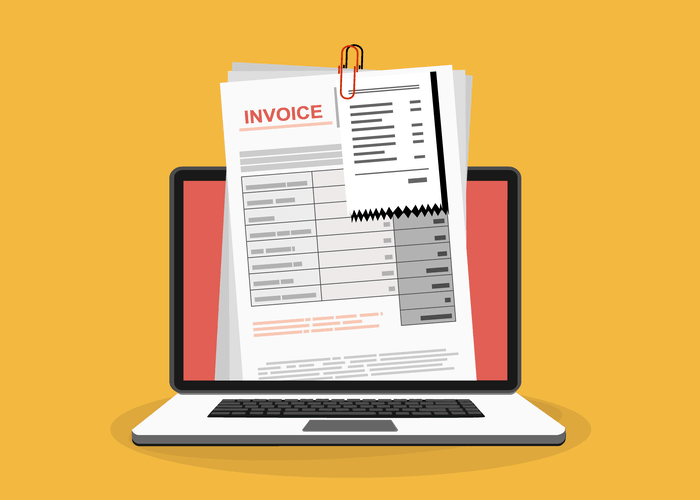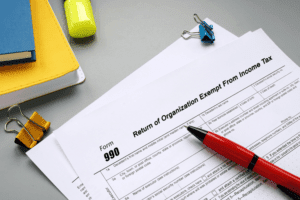
The basis of qualifying property is calculated as the unadjusted basis immediately after acquisition of that property. In 2024, the limits are $191,950 for single filers and $383,900 for joint qbid filers. When self-employed people put money into their 401(k)s, the amount they contribute can be deducted from their business income. But because taking that deduction lowers their business income, it also lowers the amount of their QBI write-off.

Step 2 – Reduce the qualified business income deduction for each pass-through entity based on limits

Her business as a lawyer is an SSTB, and her taxable income is over the threshold but below the full exclusion limit. This section goes through the income limit and thresholds for the QBID. If your income exceeds the threshold amount, there recording transactions is a formula to calculate your deduction.
What is qualified business income (QBI)?
Even with those sources excluded, the QBI generally lets the owner deduct a significant portion of the income earned from small enterprise operations. If you’re primarily self-employed, the QBI does not reduce your standard deduction or prevent you from itemizing deductions, either. However, there are important income limits to be aware of, though many have already been increased for 2020 taxes. The calculations can get complicated so if you would like us AI in Accounting to go through this with you, set up a time to talk below. The amounts reported in columns K(i) through K(vii) for row 11 equals the loss amount that must be included in your current year QBI, respectively for each year, as a loss from a separate trade or business.
Determining Trade or Business Status for QBID Eligibility
If you’re at or below these thresholds, you may be eligible for the QBI deduction. There are also income limits that may affect your eligibility or the amount you receive as a result of the QBI deduction. The 2023 income threshold is $182,100 for single filers and $364,200 for joint filers. Allocate prior year suspended losses allowed from column C, row 2, up to the total suspended losses reported in column A, row 1, to column F, row 2.
- When aggregating PBJ and Jelly Supply, the QBI deduction is subject to a new wage limit of $72,500.
- When a prior year suspended loss allowed under one Code section is subsequently limited by another Code section, this loss shouldn’t be included in the QBI calculation until the loss is allowed in the computation of taxable income.
- To lower your self-employment taxes, take advantage of business write-offs!
- There are also income limits that may affect your eligibility or the amount you receive as a result of the QBI deduction.
- C corporations are ineligible to take the QBI deduction because they are not pass-through entities.
In this phase-in threshold, the 199A deduction is limited by a reduction percentage (RP). The RP is the owner’s AGI minus the lower threshold ($383,900 for married, joint filers and $191,950 for single filers), divided by 50,000 for single filers or 100,000 for joint filers. SSTB income and WQP value are both reduced by this RP over the span of the threshold, reducing the total deduction.
- If you want to calculate your QBI deduction, you need to determine whether you’re below or above the income threshold for the QBI deduction phase-out.
- If an interest in real estate fails to satisfy all the requirements of the safe harbor, it may still be treated as a trade or business for purposes of the deduction if it otherwise meets the definition of a trade or business.
- If your entity is eligible, the next step is to determine which kinds of income qualify for the deduction.
- After determining the taxpayer’s combined QBI amount, the overall limitation is applied.

Generally, a trade or business involves regular and continuous activity conducted with the primary goal of earning income or profit. For rows 2 through 8, enter suspended losses allocable to QBI into the appropriate year row (for example, row 2, 2018; row 3, 2019, etc.). For rows 1 through 8, enter suspended losses allocable to Non-QBI into the appropriate year row (for example, row 1, pre-2018; row 2, 2018; row 3, 2019, etc.). This amount will offset QBI in later tax years regardless of whether the trade(s) or business(es) that generated the loss is still in existence.
- Creating and preparing financial reporting, budgeting and forecasting.Planning and preparation of GAAP and other basis financial statements.Providing insight on financial results and providing advice based on those results.
- However, all or a part of the SSTB may be a qualified trade or business if your taxable income is at or below the threshold or within the phase-in range.
- This includes business income from a sole proprietorship (reported on Schedule C of Form 1040), a partnership (reported on Form 1065), or an S Corporation (reported on Form 1120S).
- The taxpayer then applies the overall taxable income limitation to the combined QBI.
- However, trades or businesses conducted by corporations and the performance of services as an employee aren’t qualified trades or businesses.
Section 199A: Qualified Business Income Deduction (QBID)
Working with a tax pro can help lower the risk of missing out on deductions and other opportunities to save on your taxes. The deduction is allowed only for federal income tax purposes (i.e., not for payroll taxes). Sec. 199A will expire in 2026 absent congressional action to extend it (Sec. 199A(i)). The 15% reduction ratio multiplied by the excess amount of $20,000 is $3,000.

However, these limits won’t apply until your income, before the QBI deduction, is more than the threshold. Aggregation allows a taxpayer to combine multiple businesses and treat them as one business for the purposes of calculating the qualified business income deduction for each respective pass-through entity. IRS Form 8995 offers a simplified way to help small business owners calculate and claim their QBI deductions. For tax year 2024, you should use IRS Form 8995-A if your taxable income before the QBI deduction is above $191,950 or above $383,900 if married filing jointly. For tax year 2025, IRS Form 8995-A should be used if your taxable income before the QBI deduction is above $197,300, or above $394,600 if married filing jointly. For businesses structured as partnerships or S corporations, partners and shareholders can typically rely on the information reported on Schedule K-1 to determine their deduction.